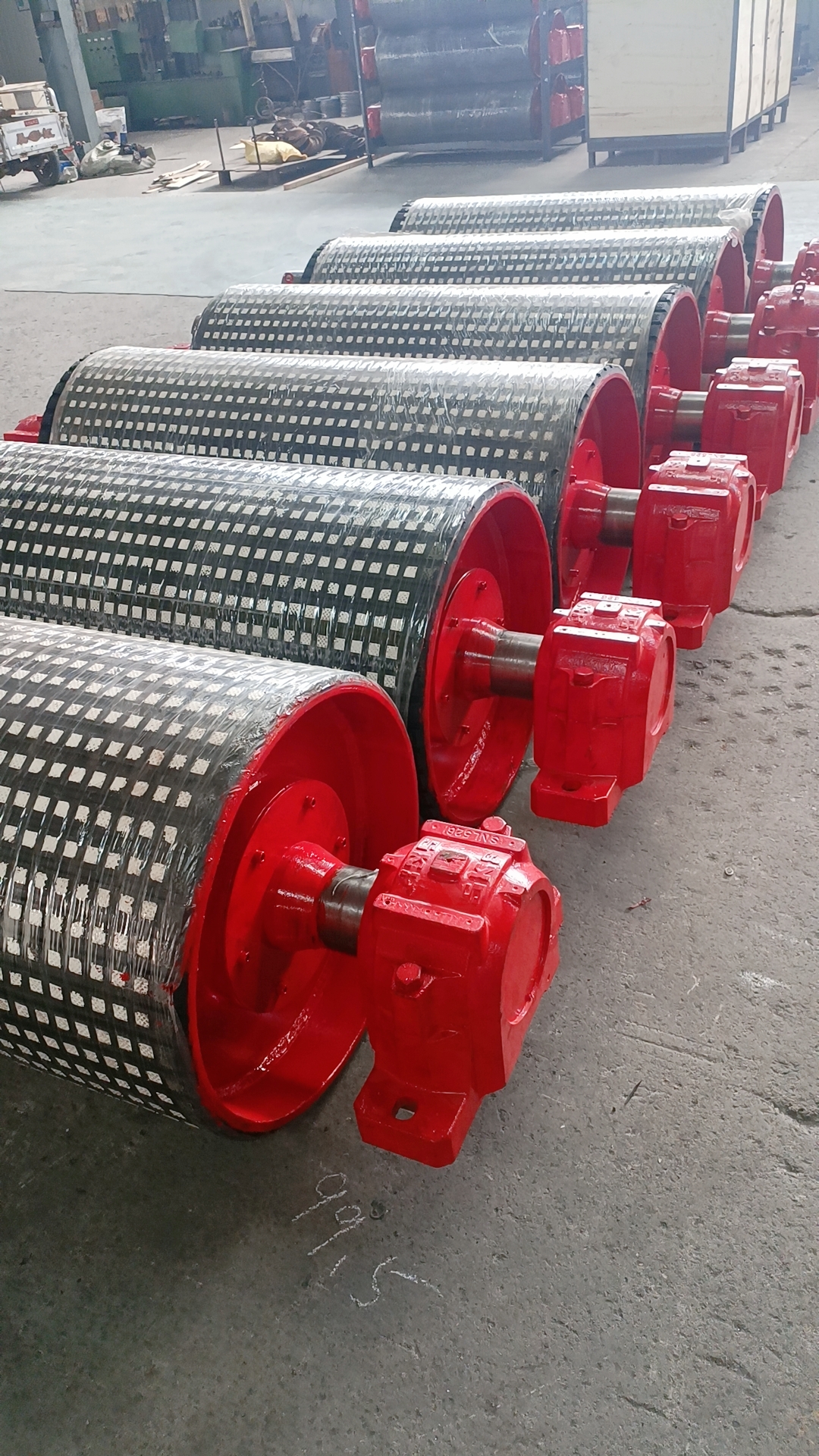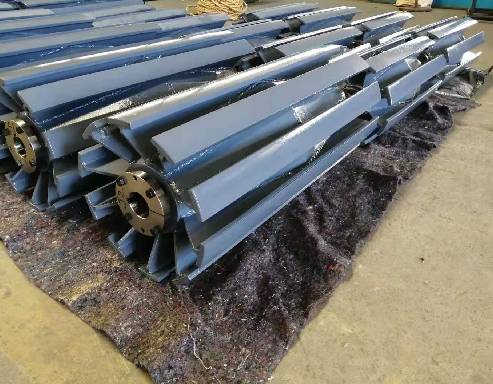 Afrikaans
Afrikaans  Albanian
Albanian  Amharic
Amharic  Arabic
Arabic  Armenian
Armenian  Azerbaijani
Azerbaijani  Basque
Basque  Belarusian
Belarusian  Bengali
Bengali  Bosnian
Bosnian  Bulgarian
Bulgarian  Catalan
Catalan  Cebuano
Cebuano  Corsican
Corsican  Croatian
Croatian  Czech
Czech  Danish
Danish  Dutch
Dutch  English
English  Esperanto
Esperanto  Estonian
Estonian  Finnish
Finnish  French
French  Frisian
Frisian  Galician
Galician  Georgian
Georgian  German
German  Greek
Greek  Gujarati
Gujarati  Haitian Creole
Haitian Creole  hausa
hausa  hawaiian
hawaiian  Hebrew
Hebrew  Hindi
Hindi  Miao
Miao  Hungarian
Hungarian  Icelandic
Icelandic  igbo
igbo  Indonesian
Indonesian  irish
irish  Italian
Italian  Japanese
Japanese  Javanese
Javanese  Kannada
Kannada  kazakh
kazakh  Khmer
Khmer  Rwandese
Rwandese  Korean
Korean  Kurdish
Kurdish  Kyrgyz
Kyrgyz  Lao
Lao  Latin
Latin  Latvian
Latvian  Lithuanian
Lithuanian  Luxembourgish
Luxembourgish  Macedonian
Macedonian  Malgashi
Malgashi  Malay
Malay  Malayalam
Malayalam  Maltese
Maltese  Maori
Maori  Marathi
Marathi  Mongolian
Mongolian  Myanmar
Myanmar  Nepali
Nepali  Norwegian
Norwegian  Norwegian
Norwegian  Occitan
Occitan  Pashto
Pashto  Persian
Persian  Polish
Polish  Portuguese
Portuguese  Punjabi
Punjabi  Romanian
Romanian  Russian
Russian  Samoan
Samoan  Scottish Gaelic
Scottish Gaelic  Serbian
Serbian  Sesotho
Sesotho  Shona
Shona  Sindhi
Sindhi  Sinhala
Sinhala  Slovak
Slovak  Slovenian
Slovenian  Somali
Somali  Spanish
Spanish  Sundanese
Sundanese  Swahili
Swahili  Swedish
Swedish  Tagalog
Tagalog  Tajik
Tajik  Tamil
Tamil  Tatar
Tatar  Telugu
Telugu  Thai
Thai  Turkish
Turkish  Turkmen
Turkmen  Ukrainian
Ukrainian  Urdu
Urdu  Uighur
Uighur  Uzbek
Uzbek  Vietnamese
Vietnamese  Welsh
Welsh  Bantu
Bantu  Yiddish
Yiddish  Yoruba
Yoruba  Zulu
Zulu Jan . 10, 2025 12:03
Back to list
Suspension Idler
Idler rollers with bearings are an essential component in various industrial applications, serving as a pivotal part in conveyor systems, machinery setups, and other mechanical assemblies. Their role, though often underappreciated, is critical in reducing friction, guiding materials, and ensuring the smooth operation of equipment.
Operational efficiency of idler rollers with bearings is measured by their ability to minimize energy consumption while maximizing output. An efficiently operating roller aids in reducing operational costs by extending the life of conveyor belts and minimizing energy usage. Advanced engineering and quality manufacturing processes ensure that these components can handle higher load capacities with minimal rotational resistance. For anyone evaluating idler rollers with bearings, it’s crucial to consider the product from a holistic perspective, weighing factors such as compatibility with existing systems, maintenance requirements, and cost-efficient life-cycle performance. Providers of these components often come with varying degrees of expertise; therefore, choosing a supplier with a proven track record of reliability and technical support can make a substantial difference in overall system performance. Companies investing in idler rollers with bearings should look beyond the purchase price, focusing on the total cost of ownership which includes installation, maintenance, downtime, and replacement intervals. A trusted manufacturer will offer insights and testing methodologies to ensure that the selected rollers are tailored to the bespoke needs of any given application, further reinforcing longevity and reliability. In conclusion, idler rollers with bearings are much more than mere components within a machine; they are integral elements that contribute significantly to the functionality and efficiency of industrial processes. Expertise in selection, understanding of material properties, and evaluation of design considerations align to provide a solution that supports continuous, trouble-free operation, enhancing overall productivity and profitability.


Operational efficiency of idler rollers with bearings is measured by their ability to minimize energy consumption while maximizing output. An efficiently operating roller aids in reducing operational costs by extending the life of conveyor belts and minimizing energy usage. Advanced engineering and quality manufacturing processes ensure that these components can handle higher load capacities with minimal rotational resistance. For anyone evaluating idler rollers with bearings, it’s crucial to consider the product from a holistic perspective, weighing factors such as compatibility with existing systems, maintenance requirements, and cost-efficient life-cycle performance. Providers of these components often come with varying degrees of expertise; therefore, choosing a supplier with a proven track record of reliability and technical support can make a substantial difference in overall system performance. Companies investing in idler rollers with bearings should look beyond the purchase price, focusing on the total cost of ownership which includes installation, maintenance, downtime, and replacement intervals. A trusted manufacturer will offer insights and testing methodologies to ensure that the selected rollers are tailored to the bespoke needs of any given application, further reinforcing longevity and reliability. In conclusion, idler rollers with bearings are much more than mere components within a machine; they are integral elements that contribute significantly to the functionality and efficiency of industrial processes. Expertise in selection, understanding of material properties, and evaluation of design considerations align to provide a solution that supports continuous, trouble-free operation, enhancing overall productivity and profitability.
Next:
Latest news
-
Revolutionizing Conveyor Reliability with Advanced Rubber Lagging PulleysNewsJul.22,2025
-
Powering Precision and Durability with Expert Manufacturers of Conveyor ComponentsNewsJul.22,2025
-
Optimizing Conveyor Systems with Advanced Conveyor AccessoriesNewsJul.22,2025
-
Maximize Conveyor Efficiency with Quality Conveyor Idler PulleysNewsJul.22,2025
-
Future-Proof Your Conveyor System with High-Performance Polyurethane RollerNewsJul.22,2025
-
Driving Efficiency Forward with Quality Idlers and RollersNewsJul.22,2025
OUR PRODUCTS





























